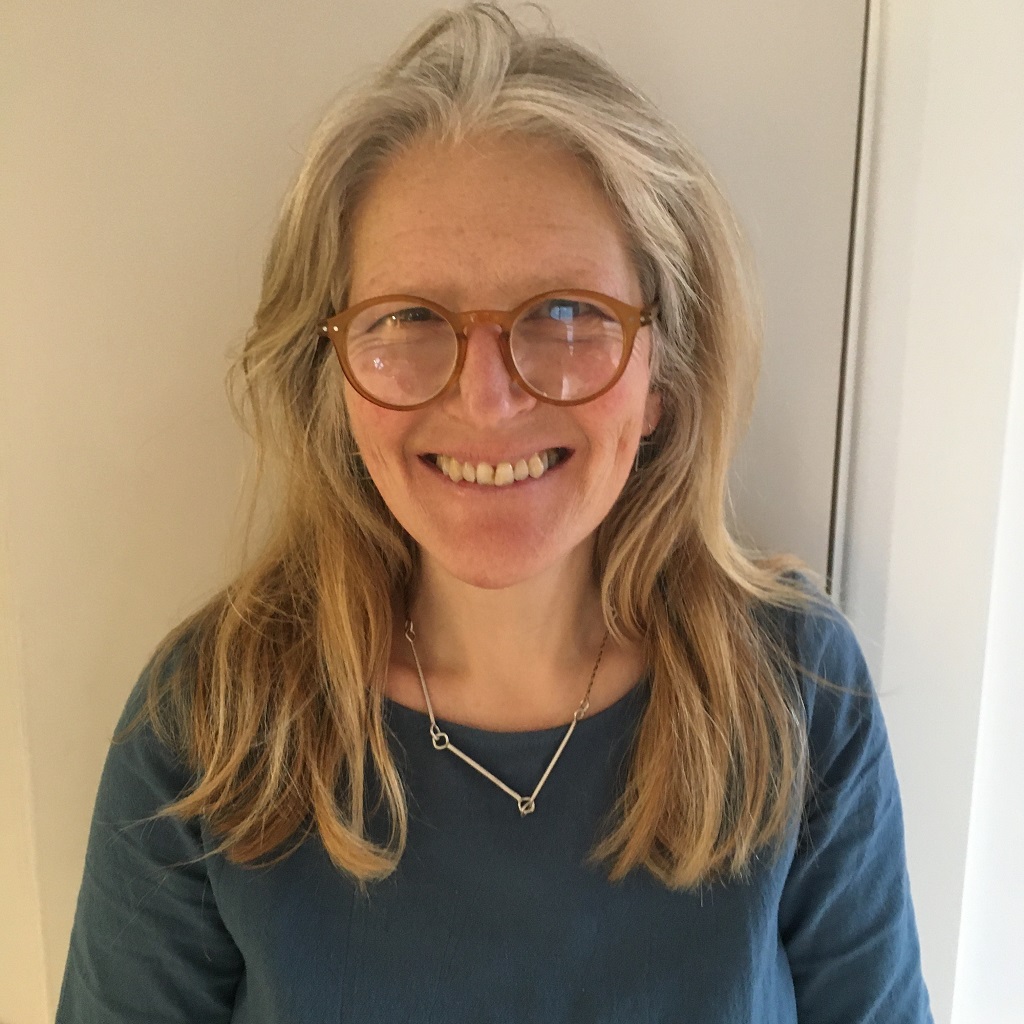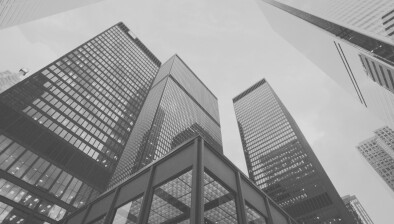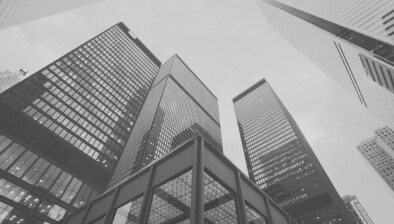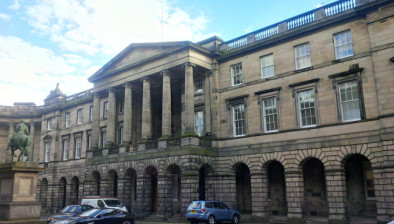Karen Anderson FRSE: Wellbeing and the built environment
The built environment impacts hugely on the quality of our lives – and by extension on our health and wellbeing. Karen Anderson argues that wellbeing should be a key mission of architecture and urban design.

Karen Anderson FRSE
“Architecture is an art when one consciously or unconsciously creates aesthetic emotion in the atmosphere, and when this environment produces wellbeing.”
Luis Barragan, winner of the second Pritzker Prize for Architecture in 1980
Barragan, Mexico’s most famous modern architect, rejected functionalism and championed ‘emotional architecture’ that ‘expressed serenity’. To him, creating a sense of wellbeing was core to how architecture, as a public art, makes its contribution to society. Making wellbeing a core aim of all design in the built environment and designing through the lenses of care and respect for people and the planet, rather than focussing on style, constructional pragmatism and short-term economics, is vital if we are to address our future challenges and guide the next generation of designers.
Buildings, public spaces, and infrastructure have a profound impact on our wellbeing. Who has not felt anxious as they negotiate a poorly lit car park access or underpass; or added angst when faced with a badly designed A&E reception in time of trauma or conversely the pleasure of sun flooding into a room? Putting human experience and opportunities to connect with the outdoors and nature at the heart of design decisions, at all scales from city planning to house design, improves the quality of our lives and health.
For decades, urban planners in Scotland have lauded the ground-breaking work of Jan Gehl, whose urban design, with supporting policy, transformed Copenhagen into a city for cyclists where now there are five times as many bikes as cars and residents spend an average four hours each week cycling. In 2010 Scottish Government set policy to achieve pedestrian and cyclist-friendly design in new residential areas, but it is only in the pandemic that most cities have actively encouraged cycling by ‘retrofitting’ our car-dominated streets. This is very much a work in progress, but it sits alongside other vital initiatives to connect our homes and offices to national walking and cycle routes, local facilities, public transport and to the creation of ‘20-minute neighbourhoods’; all making a built environment of less traffic and pollution, more walking, and healthier, lower carbon lives.
Where once the shops and local high streets played a significant role in our social lives (particularly for the young and old) we now should actively design spaces focussed on bringing people together: attractive circulation areas with seating and gathering points, rather than corridors, in a research establishment; or shared ‘mini allotments’ with raised growing beds in new housing. Ideas sparked off colleagues in a casual setting have changed the world; those who grow food as a hobby are 3.5 times more likely to eat their ‘5 a day’ and get their required vitamin D. Such ‘designed in’ social facilities can also contribute to more supportive behaviour and inclusion and can respond creatively to our aging and changing demographics.
As we aim to design for net zero in new construction using systems, such as Passivhaus, it is important that we do not focus solely on the technical performance of our future buildings. If we are to create our own versions of Baragan’s ‘aesthetic emotion in the atmosphere’ we need to eschew the ‘standard layout’ in housing and all buildings and design for that view to the far hills or near garden, make spaces that inspire and where the sun shines into a bright sitting space or sheltered courtyard.
There is so much that is possible and lots to gain, and in the context of responsible use of the planet’s resources in the future, we cannot afford to miss opportunities to invest in the creative potential of good design to maximise the collateral well-being benefits it can create.
- Karen Anderson FRSE is visiting professor at Scott Sutherland School of Architecture and the Built Environment















